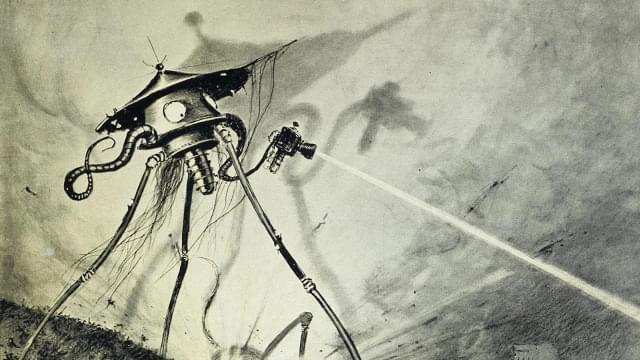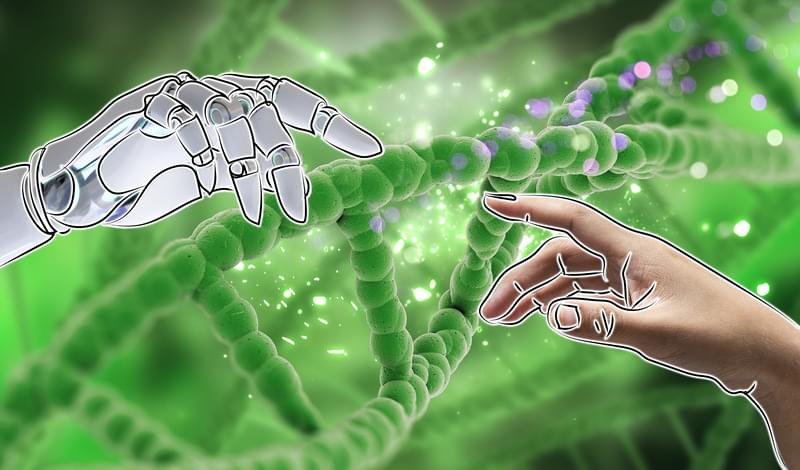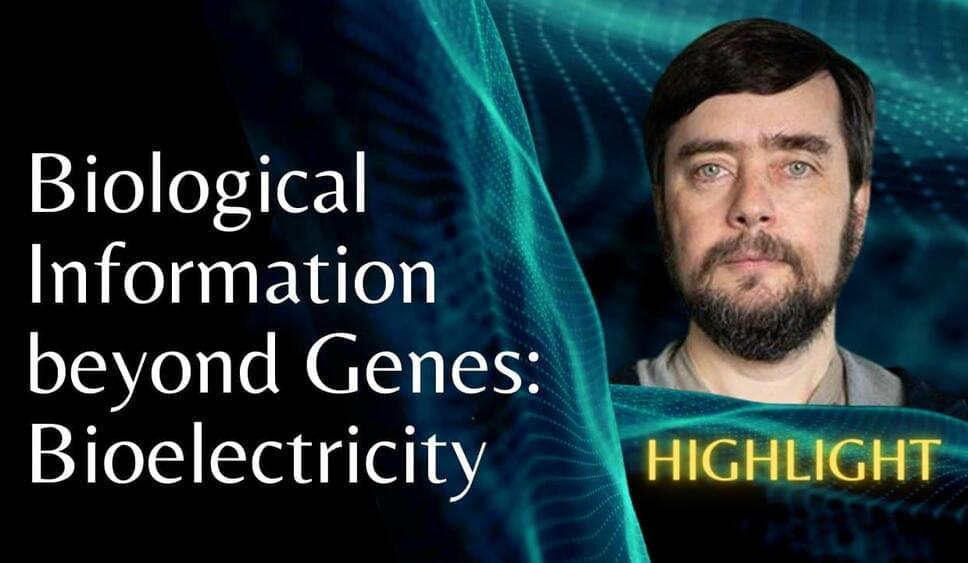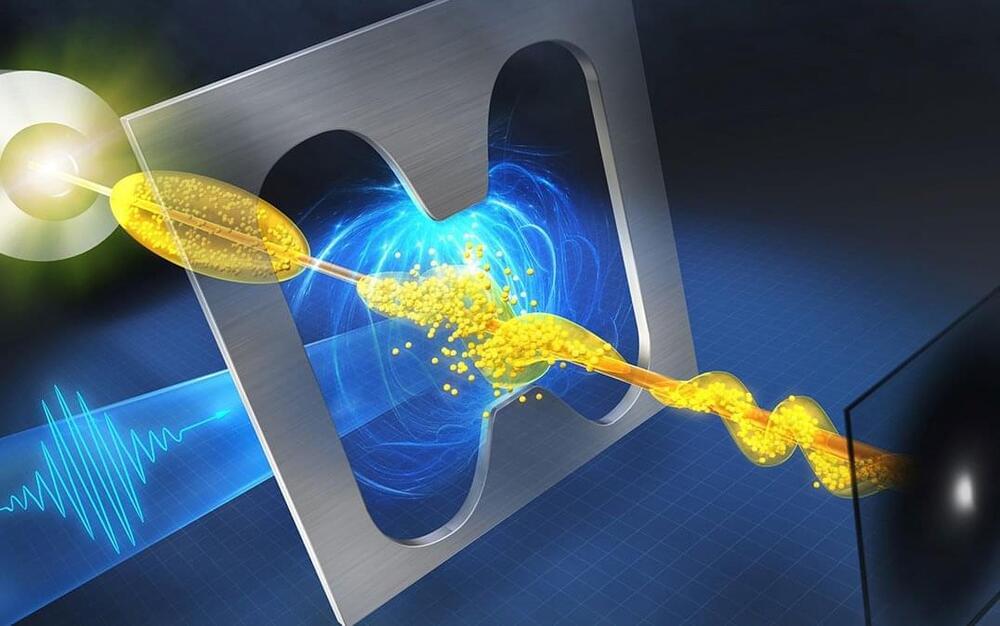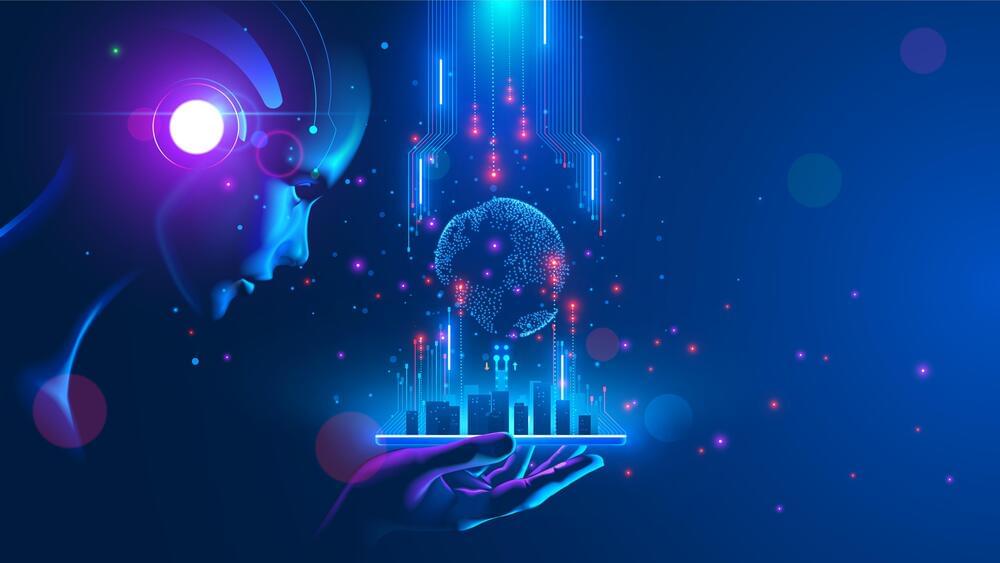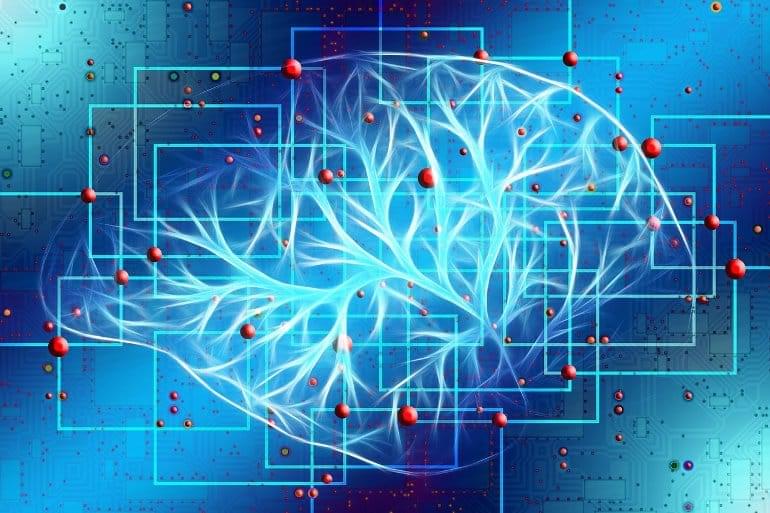Dec 20, 2022
What Sort of Ethics Would Aliens Practice?
Posted by Dirk Schulze-Makuch in categories: biological, ethics, evolution
How ethical would aliens be?
Ethics derived from biological evolution can be harsh — parasitism, invasiveness, and survival at all costs. Ethics derived from human culture is far more benevolent. Would alien ethics be based more on biology or culture? Let’s hope the latter.
Posted on big think, direct weblink at.
Continue reading “What Sort of Ethics Would Aliens Practice?” »
